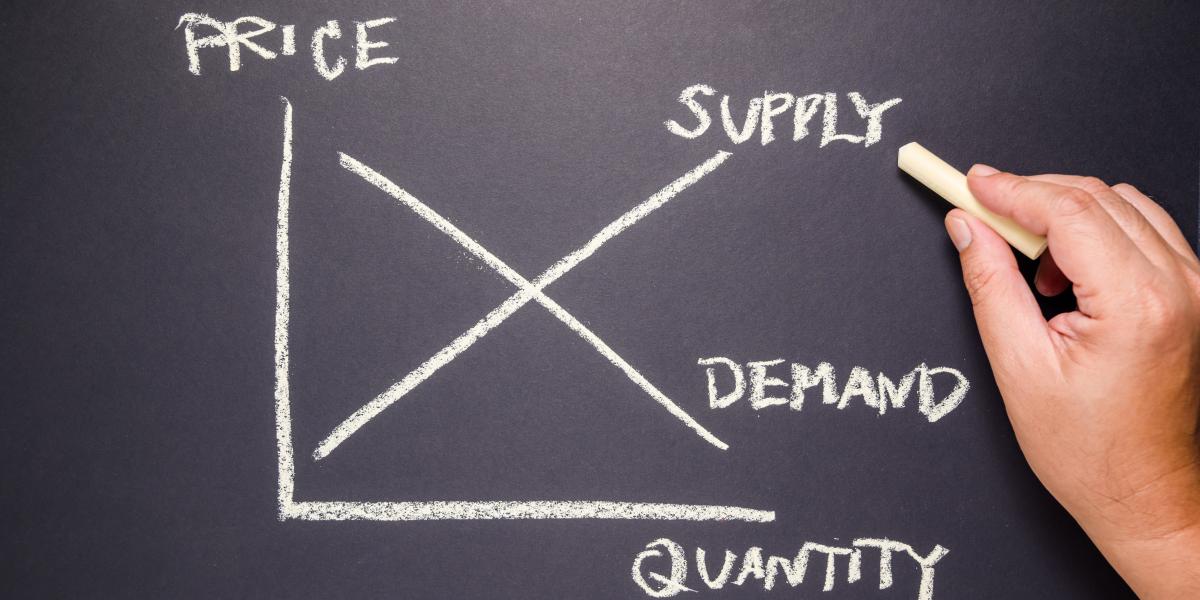When the United States passes era-defining economic legislation – think New Deal of the 1930s, or Dodd-Frank, in 2010 – it tends to go large, and the latest epoch-making iteration of American regulatory rulings, the US Inflation Reduction Act (IRA), is no exception.
Although, as the title of the act suggests, it is designed to put pressure on some of the sources of regional inflation, its provisions constitute some of the world’s most ambitious climate directives yet, containing $369 billion worth of funding to accelerate the States’ transition to net zero.
The concern for Asia – especially for the region’s commodity-rich nations, such as Australia and China – is that the law is so far-reaching and its financial backing, so deep, that it will change the environmental, social, governance (ESG) universe for all time. Indeed, the act is set to make the United States a green technology “black hole” that is likely to absorb the majority of global investment across the sector.
How does it work?
The aim of the legislation, which was passed in US Congress in August 2022, is threefold.
First, it plans to incentivise the deployment of clean energy in a way that will transform energy demand in the US, creating a new landscape for renewable energy and industrial decarbonisation.
Second, a system of cascading incentives will target clean energy manufacturing, making the US a major player across key clean energy value chains – from solar and wind, to batteries and hydrogen.
Finally, and most controversially, its capacity to support scaled investment across emerging climate technology will dramatically reduce the cost of clean energy production, as well as access to green finance. In turn, this is likely to elevate the United States as a key hub for sustainability-related technology.
While the hope is that US-led green innovation will also benefit other countries, fears have already surfaced that this “US-first” proposal comes at the expense of green industries and investment in other regions including Europe, Japan, South Korea and elsewhere.
Australian concerns
In Australia, the five key metals and minerals critical to electric vehicle (EV) production: lithium, nickel, aluminium, cobalt and copper, are found in abundance.
The market is the biggest exporter of lithium, accounting for 27% of all known deposits and more than half of global production. It also has over 20% of the world’s nickel deposits; 13% of copper deposits; and is the world’s third-largest producer of rare earths.
Australia could stand to benefit from IRA subsidies in deals that grant special status to its critical minerals industries .However, the Act includes text on “foreign entities of concern”. Under this definition, Australian companies selling lithium to China, for instance, may have to stop doing so, if they want to plug into US supply chains.
Other concerns include the fact that IRA credits could deprioritise Australian metals processing efforts (for instance, green steel) potentially locking Australia into a low-tech production paradigm.
As well, the size of Australia’s economy could make it difficult for its domestic market to keep pace with the breadth and scale of the IRA, reducing its options where it has so far had comparative advantage, such as in renewable energy, clean hydrogen, and minerals processing.
Critics say that as the effects of IRA unfold, Australia will require decisive and targeted investment across its clean manufacturing supply chain to level the playing field.
Work in progress
For Michael Willoughby, global head of Metals, Mining and Transition Materials at HSBC, investors in these sectors should remember that the IRA is still a work in progress.
“Has the IRA had an impact? In terms of understanding that a certain amount of the value uplift has to be done in countries that support the US, then yes, it’s starting to have an impact. Is it having an impact on countries where the technology is developed? It’s still very early days,” Willoughby told FinanceAsia.
“The IRA legislation marks the first step by Western markets to protect and incentivise their different value chains. The next step will have even more power to influence the value chain, making it more joint venture (JV)-based.”
“These JVs will be designed to reduce Chinese stakes and those of others, to below a certain percentage threshold.”
Plenty of upside
In the immediate term, however, investment analysts are seeing potential upside from energy transition policy support.
“We could still be surprised by the potential resilience of energy transition equities, given the structural forces that underline their earnings and cashflow growth,” Alexander Monk, portfolio manager for Global Resource Equities at Schroders, told FA.
“The fundamental drivers behind the energy transition remain as strong as they have ever been.”
Monk said that because energy transition equities would be underpinned by the IRA going forwards – as well as its EU counterpart, in the form of the European Commission’s Green Deal Industrial Plan – earnings and financing in the sector would receive support.
“Valuations across the entire space still look fundamentally attractive for those with a longer-term view,” he said.
“With headline multiples now having retraced almost their entire post-pandemic gains in both absolute and relative terms, valuations across the energy transition universe are starting to look very compelling for the first time in a while – even in the face of continued short-term macroeconomic threats.”
¬ Haymarket Media Limited. All rights reserved.







































